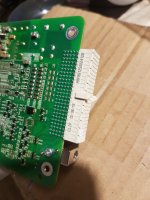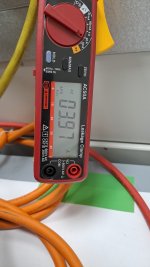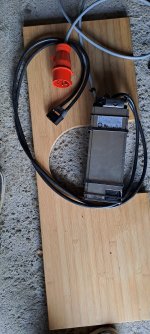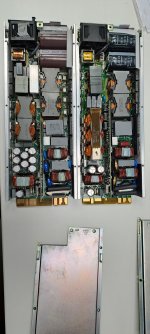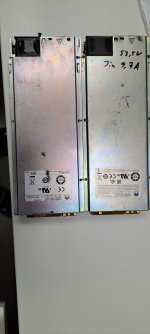Mine died during charging. I opened it and had a look inside, but did not find any blown items. Did not measure or search what was defective.Dominik H. What has happened to your 3000w charger? Your photos of your 0-90v charger was different from mine. Maybe I had a better version.
Send it to someone who probably repaired it, but never got an answer what was wrong.
You can change the voltage up to 58V via CAN-BUS, you just need a USB-CAN converter and your Computer.


